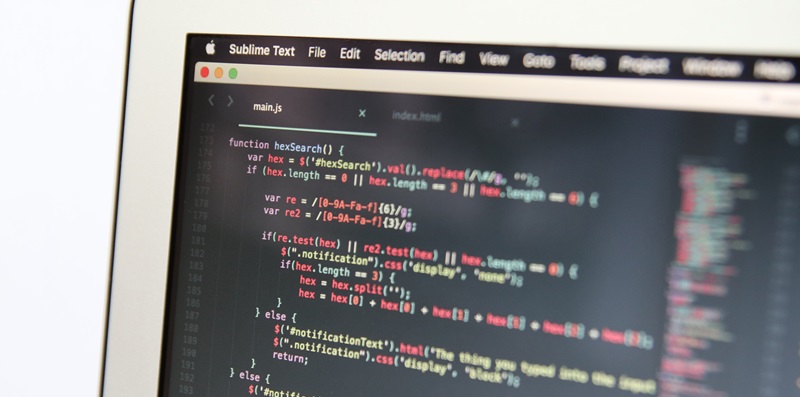Microsoft has recently announced a groundbreaking cybersecurity initiative known as the Secure Future Initiative aimed at addressing the escalating speed, scale, and sophistication of modern cyber threats. Fueled in part by the increasing sophistication of state-sponsored actors, this initiative reflects Microsoft’s commitment to staying ahead in the ever-evolving cybersecurity landscape.
Drivers of the Secure Future Initiative
The growing sophistication and increasing frequency of state-sponsored cyberattacks have prompted Microsoft to take decisive action. Recognizing the need for a multifaceted approach, the company has initiated the Secure Future Initiative to tackle these challenges head-on.
Beyond Cyber-Hygiene alone
Cyber hygiene practices, while essential, are no longer sufficient in combating the innovative methods employed by cybercriminals. Microsoft acknowledges the need to adopt a proactive approach that goes beyond conventional cybersecurity measures.
Three Pillars of the Secure Future Initiative
The Secure Future Initiative is built upon three fundamental pillars, each designed to fortify Microsoft’s cybersecurity defenses.
Microsoft plans to leverage Artificial Intelligence (AI) technology to enhance its threat intelligence and analysis capabilities. By integrating AI into its cybersecurity infrastructure, the company seeks to better identify and neutralize emerging threats swiftly and efficiently.
To bolster the security of its products, Microsoft aims to evolve its security development lifecycle (SDL) to a dynamic SDL (dSDL). This evolution involves implementing automated threat modeling and deploying CodeQL for code analysis across all commercial products. Embracing memory-safe languages will further enhance protection against vulnerabilities.
Recognizing the need for global cooperation, Microsoft will advocate for the stronger application of international norms to protect civilians from cyber threats. By promoting equitable cybersecurity protocols and guidelines, the company aims to foster a safer digital environment for all.
Key Focus Areas of the Secure Future Initiative
The Secure Future Initiative will concentrate on several core areas aimed at bolstering cybersecurity defenses:
Acknowledging the increasing prevalence of identity-related breaches, Microsoft will introduce consistent identity protection measures across all platforms and products. This comprehensive approach will provide users with enhanced security and peace of mind.
Microsoft recognizes the importance of swift vulnerability mitigation. As part of the Secure Future Initiative, the company plans to reduce the time taken to address cloud vulnerabilities by an ambitious 50%. This rapid response strategy ensures timely protection for customers against emerging threats.
Microsoft aims to synergize its AI-driven technological advancements with the promotion of global cybersecurity norms. By combining these two strategies, the company envisions a safer digital landscape, benefiting users worldwide.
The Secure Future Initiative showcases Microsoft’s comprehensive and holistic approach to advancing cybersecurity protection. By unifying every facet of the company, Microsoft is ready to combat cyber threats head-on. With a focus on AI-based defenses, advances in fundamental software engineering, and the advocacy of international norms, the Secure Future Initiative provides a framework for addressing the growing challenges presented by an increasingly sophisticated digital threat landscape.

